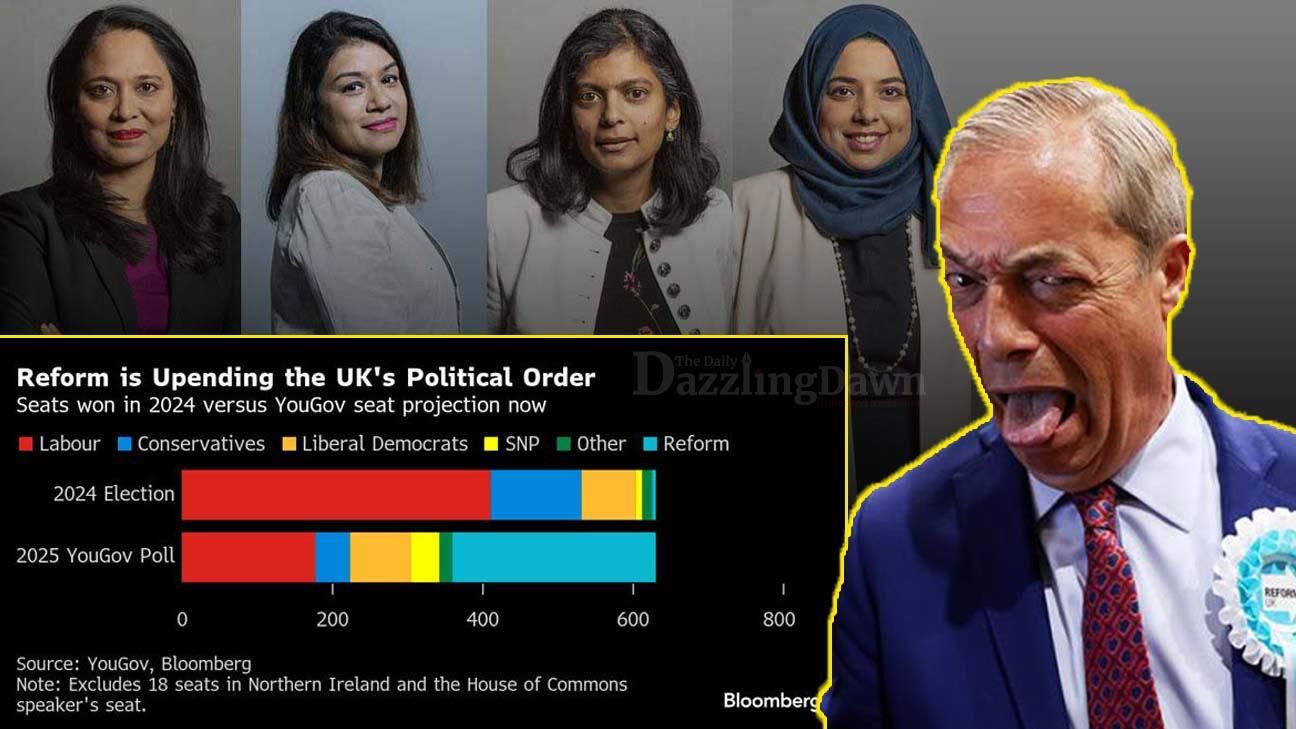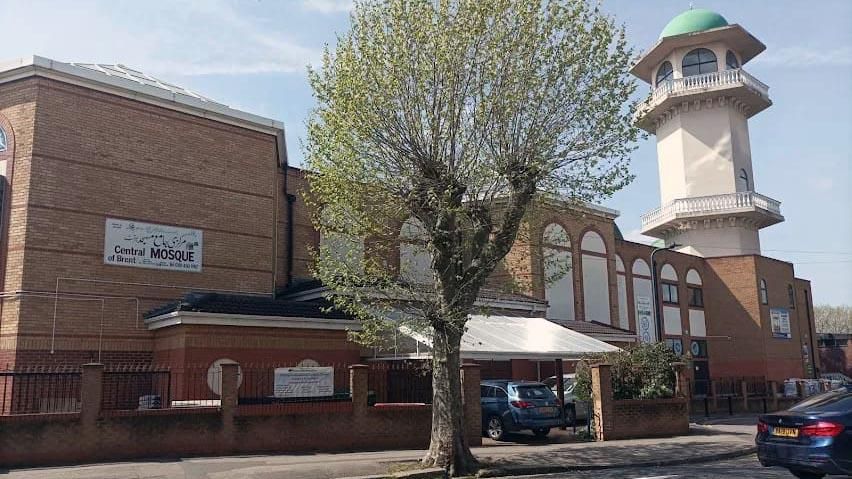The long-standing tradition of inner-London flat shares for young professionals seeking urban convenience is rapidly becoming a relic of the past. Spiraling rental costs are now forcing a dramatic migration, with thousands of flat-sharers abandoning popular central districts in favor of more affordable pastures in the capital's suburbs and even charming country towns further afield.
New data from SpareRoom, a leading flat-share platform, reveals a significant shift in search patterns. Historically a rite of passage for 20- and 30-somethings, flat-sharing allowed central living without prohibitive costs. However, as the average rent in London now stands at a staggering £2,166 per month (according to Zoopla, with UK rents having jumped 21% in the last three years and London seeing sustained 10-17% annual increases), many simply cannot keep pace. This, coupled with the rise of hybrid working models, which reduce the need for a five-day-a-week office commute, is fueling this suburban exodus.
"Area search increases are a good gauge of where the rental market is heading," explains Matt Hutchinson, Director of SpareRoom. "What these are signalling is a migration from city centres to market towns, commuter hubs, suburbs and the seaside. This is partly enabled by hybrid and remote working, but is also being driven by a lack of affordable rented accommodation in cities."
Suburban Stars: Mortlake and Chadwell Heath Lead the Charge
The data pinpoints Mortlake, nestled between Kew and Barnes in the desirable borough of Richmond-upon-Thames, as the standout performer. This serene suburb witnessed an astounding 85.3% increase in flat share interest on SpareRoom's website between 2023 and 2024. Its appeal is clear: fast, 23-minute train links to London Waterloo, proximity to the River Thames, and crucially, average monthly room rents of around £825 – significantly below the London average.
Chadwell Heath, near Romford in East London, also emerged as a new hotspot, experiencing a 54.1% surge in searches. Flat-sharers are drawn to its more accessible average monthly rents, currently around £760. The area's connectivity has been significantly boosted by the Elizabeth Line, offering a swift 31-minute journey to Tottenham Court Road.
Beyond the City Limits: The Allure of Market Towns
The trend extends even beyond London's immediate periphery. Saffron Walden, a picturesque market town in Essex, saw its interest from flat-sharers climb by 53.3%. Here, the average room rent stands at an even more budget-friendly £675 per month, showcasing a growing willingness among renters to trade central London postcodes for greater affordability and a different pace of life.
The Current Landscape: A Glimmer of Hope Amidst Continued Pressure
While the overall picture for London renters remains challenging, some updated figures offer a nuanced perspective. According to SpareRoom's Q4 2024 data, the average room rent in London actually saw a slight decrease of 2% from Q4 2023, settling at £993 per month. This marks the most significant drop in London rents since Q1 2021, suggesting a potential cooling in demand. However, this average is still a considerable jump from the £825 recorded for Mortlake, highlighting the disparity.
Zoopla's latest Rental Market Report, published in June 2025, indicates that the average rent for new lets across the UK is now £1,287 as of April 2025. While annual rental growth nationwide has slowed to 2.8% (the lowest since July 2021), rents have still increased by £219 over the last three years.
"Although average room rents in some parts of the UK are showing signs of stabilisation, rents are still a very long way from being affordable," reiterates Matt Hutchinson. "The price tag on city living is moving further out of reach."
As the cost of living continues to bite, it's clear that the search for affordable accommodation is reshaping the rental landscape, pushing Londoners further out in pursuit of a place to call home that doesn't break the bank. This decentralization of demand could have significant implications for both urban and rural economies in the years to come.

_2.jpg)





_1.jpg)
.svg)



